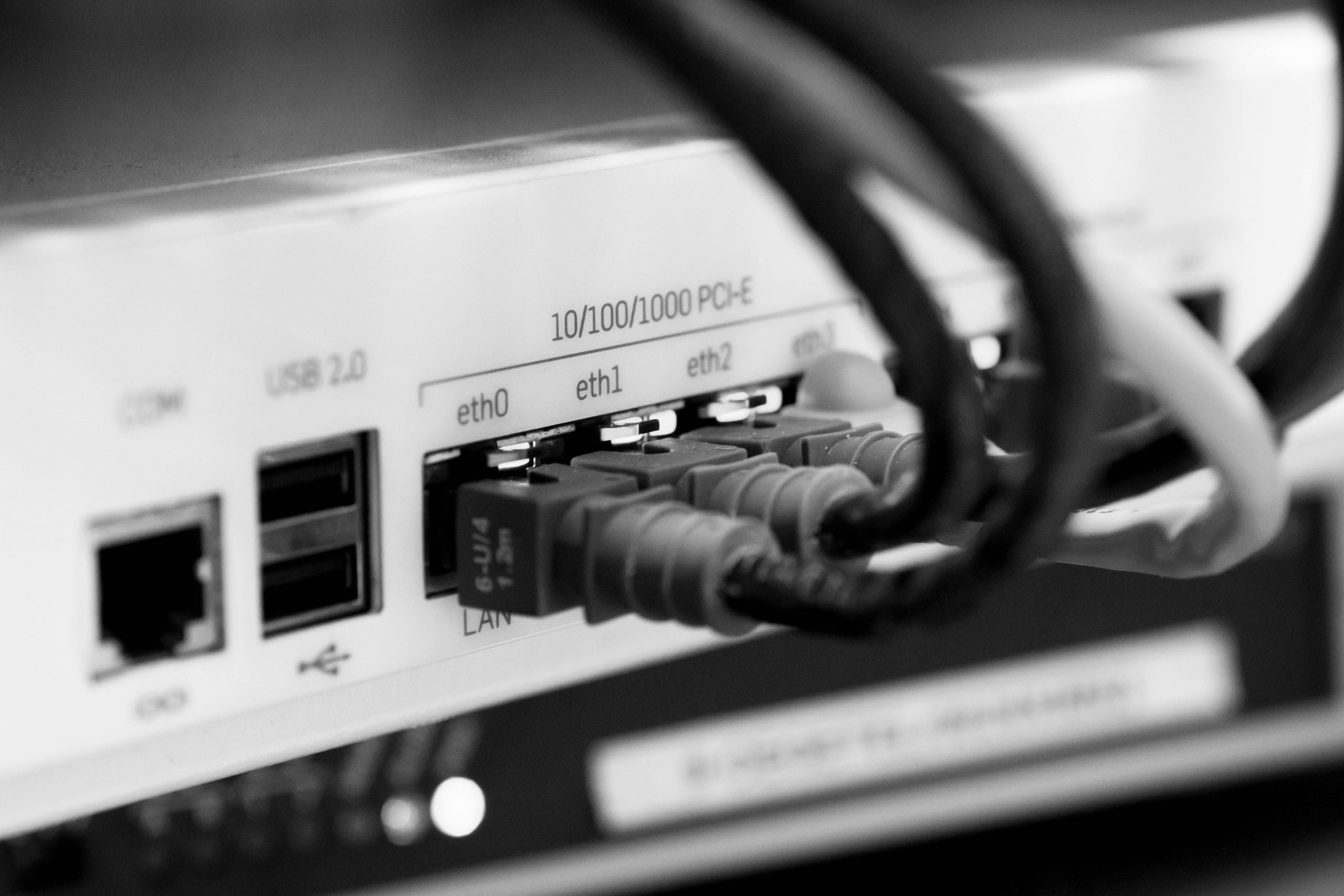The ‘next normal’ – the same as the last normal but has just arrived more quickly than expected. Like so many events, it’s a case of expediting existing trends not starting new ones. Retailers that have been living off low interest rate loans and haven’t changed their business models post the Amazon Age are now going bankrupt. Restaurant chains serving sub-standard food with the rise of the independents and street food next door are going down the pan. There are no surprises here; the speed it’s happened may be faster than expected but if you didn’t change your business model it was inevitable.
History has taught us it’s best to talk to people when the product or service you’re interested in is being stressed to the maximum. Accordingly, we conducted our own research piece midway through lockdown. We noticed the escalation of some of the key trends we’ve been tracking, such as: adaptable spaces, wellbeing in the home, multi-generational living, and rewilding. But as this is about technology, let’s focus on that.
We find it incredible that homes are being built without being IOT (Internet of Things) ready. It’s making the property instantly redundant. And for what? A very small cost. Cutting costs on technology is actually cutting your chances of selling or renting the property, never mind at an elevated price.
Back in the day you were told to run all the taps
in the house to see how good the plumbing is;
now it’s checking available broadband speeds
With everyone at home during lockdown and multiple people ‘Zooming’ at once, the importance of internet speeds and technology has accelerated. In our research, 98.3% of respondents noted that having faster internet was vital to making life easier at home. People are becoming increasingly aware of fibre optic but also understand it needs to come direct to the home. Ask any estate agent and they’ll tell you that particularly when people are looking at houses outside a city centre broadband speed is always part of the conversation. Back in the day you were told to run all the taps in the house to see how good the plumbing is; now it’s more a case of checking available broadband speeds on an app.
If it’s a new home, then fibre is almost expected: 81.3% of the people we spoke to said having fibre optic would be an important factor when deciding if the home was right for them. Broadband aside, this also runs down to the type of technology available in the home: 64.8% of people stated that an IOT home would be important to them.
This is nothing new, though. Two years ago, we did some research where 70.3% of people said that if a home was IOT ready it would make a positive impact on their purchase decision. It’s just a case of – as with everything at the moment – the perceived need having accelerated significantly.
However, it’s one thing for people to say it’s an important factor but what’s critical is how much extra people would pay for a home that is technology enabled. We carried out some research earlier this year (pre-lockdown) and when asked how much extra people would pay for a £250,000 apartment if it was IOT ready and it netted out at £270,770. This 8% increase in value is significant especially when you consider the relatively small cost of making an apartment IOT.
So why do so many developers and house-builders think a Nest system at £300 isn’t worth it? Don’t ask me, ask the customer. Oh, I forgot: that’s not the done thing for most people.







